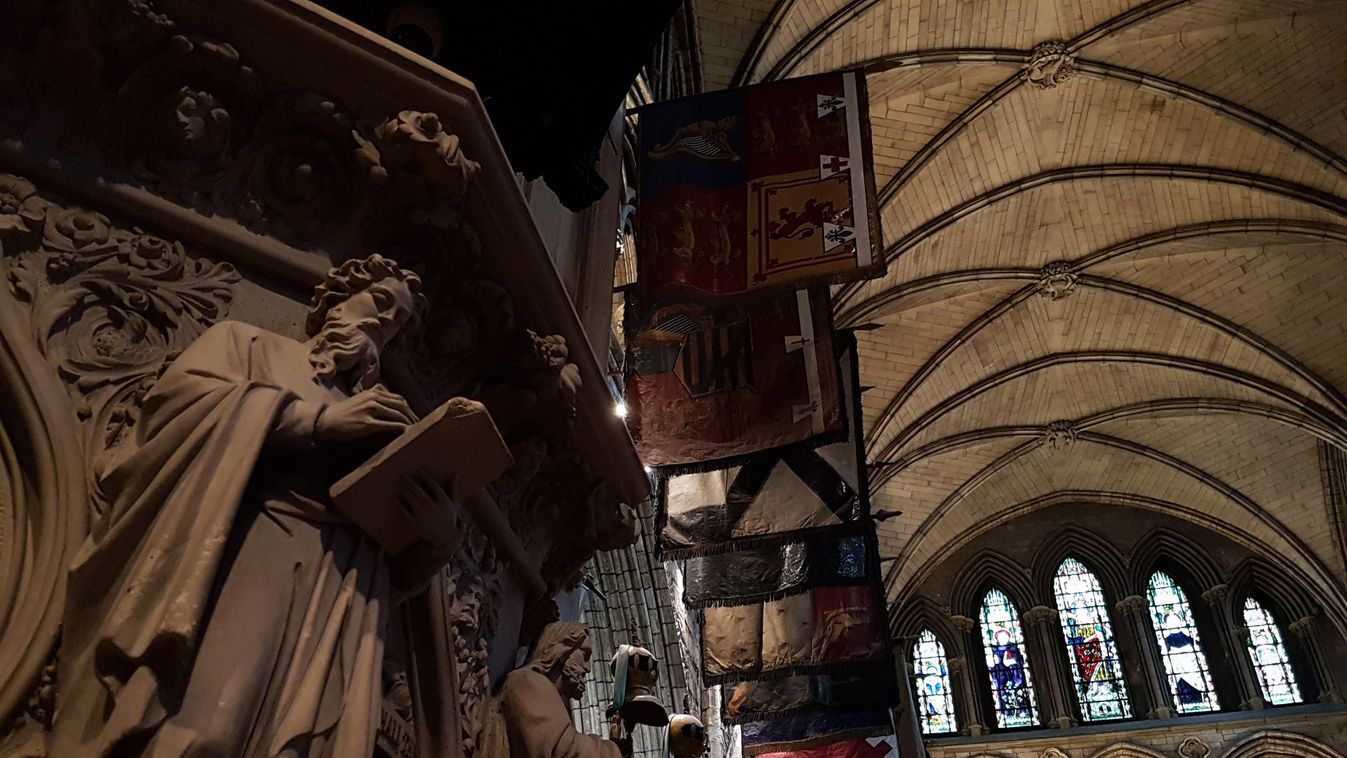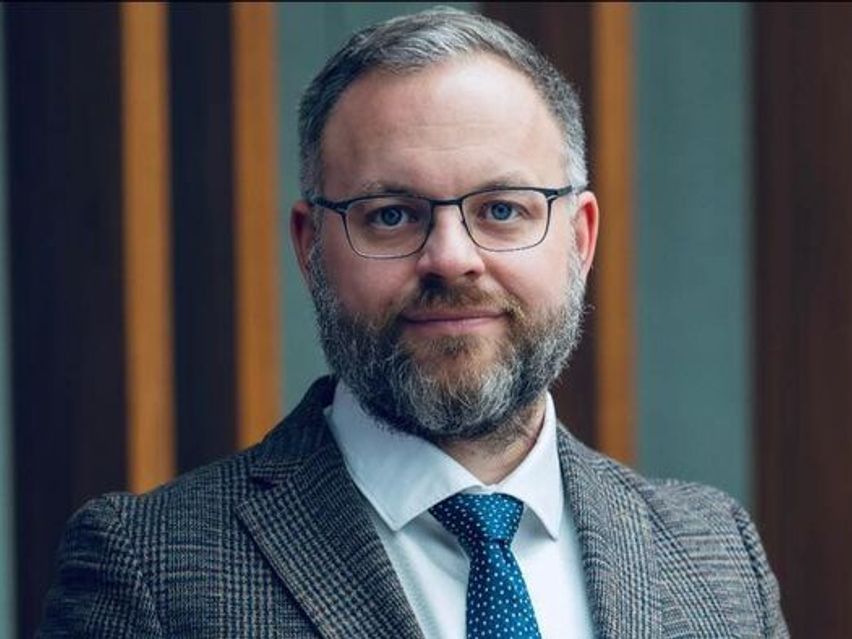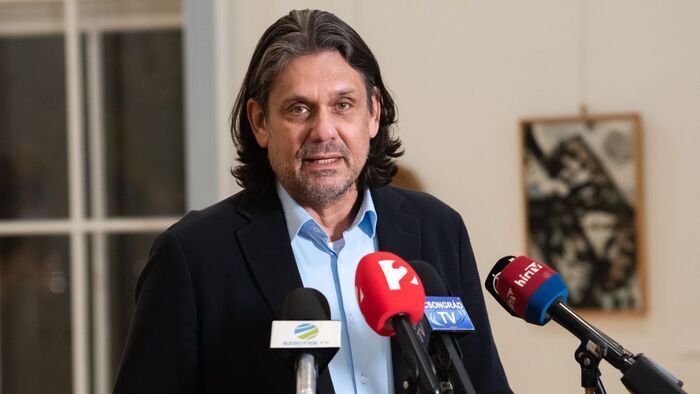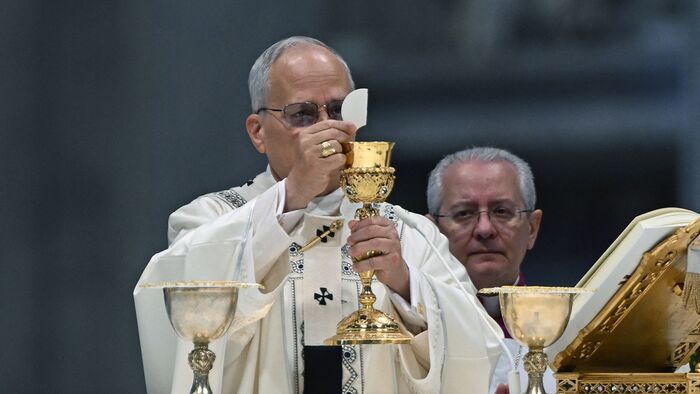Poland/Ireland – Sligo is a small town of 17,000 inhabitants in the diocese of Elphin on the northwestern coast of the Republic of Ireland, with a Polish minority of about two thousand people in the town itself and its surroundings. For more than fifteen years now, one of the landmarks for this community has been St. Anne’s Church, where there is a Polish chaplaincy currently under the responsibility of Father Stanisław Kardaś, who has been delegated there by the Bishop of Rzeszów, Poland. Fr. Kardaś and his predecessors have succeeded in creating a vibrant pastoral centre for local Poles in the parish of Saint Anne. Every week, Fr. Stanisław celebrates a Mass in Polish, the liturgy being thoroughly prepared by the faithful. The Polish priest administers the sacraments, serves as a hospital chaplain, visits prisoners, and participates in prayer group meetings. In two consecutive years before the pandemic, the Poles associated with the parish organised a family picnic, with homemade food, music and attractions for children. The event was also aimed at other communities, and in particular of course at the native Irish, in order to create an opportunity to integrate the two communities and to build links between them. This initiative, as well as the Christmas gatherings where traditional Polish carols are sung and gifts are given to children, have been financed by a common fund collected every Sunday with donations from the local Polish Catholics. The pastoral and cultural activity of the Polish community in Sligo has long enjoyed the support of the local bishop and priests, including that of the current bishop of the Diocese of Elphin, Bishop Kevin Doran.
Sligo is no exception on the Emerald Isle. There are more than one hundred and twenty thousand people of Polish nationality living in the Republic of Ireland according to the 2016 census. This represents over 2.5% of the total population, which makes Poles the largest foreign community in the country. If we add to this number the Poles born in Poland but who are now Irish citizens, the total is probably around 200,000, for a population of the Republic of just 5 million souls (4.76 million according to the 2016 census). After Poland joined the EU in 2004, Ireland was one of three countries, along with the United Kingdom and Sweden, that immediately opened its borders to Polish workers. And as in the neighbouring United Kingdom, Polish immigration has done much to slow the decline of the local Catholic Church and even revive parishes. The Catholic Church in Ireland itself is in accelerated decline. Between 1984 and 2011, the proportion of Irish people attending Sunday Mass fell from 90% to 18%. In Poland, too, the trend is downward, but the decline is much less marked. In 1980, 51% of Catholics regularly attended Sunday Mass in communist Poland. In 2000, 47.5% of Catholics attended Sunday Mass each week, but the proportion was down to 41% in 2010 and 37% in 2019, which is still a large number of people by European standards.



















Szóljon hozzá!
Jelenleg csak a hozzászólások egy kis részét látja. Hozzászóláshoz és a további kommentek megtekintéséhez lépjen be, vagy regisztráljon!